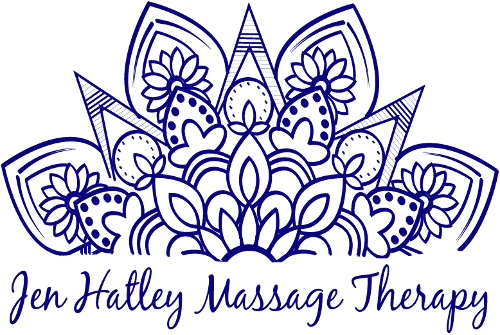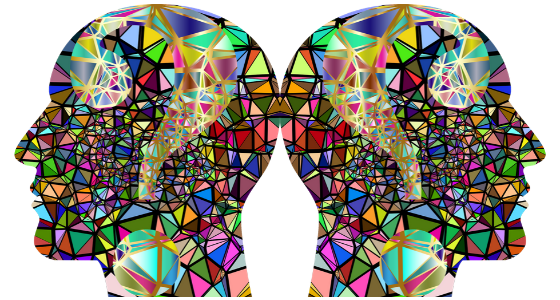“This project is such a headache!”
They’re so common that the term has become synonymous with an annoyance, but what are headaches, really? And can massage therapy really help?
Different types, different causes.
Headaches are pretty easily defined, and we all know one when we feel it: it’s a pain in the head. But not all headaches are created equal.
Tension headaches are the most common type of headache, with pain occurring on both sides of the head without other symptoms. The pain can range from very mild to severe.
Migraine headaches are often pulsing, and can be accompanied by nausea, dizziness, sensitivity to light and sound, and hallucinations. Some people experience migraines only rarely, while other people experience them on an almost daily basis.
Cluster headaches are less common, and are generally experienced as severe pain around one eye. “Cluster periods,” during which many headaches occur during a period of time, are interspersed with longer periods without any symptoms.
Secondary headaches are not conditions themselves, but are symptoms of other conditions. These conditions can be as everyday as a sinus infection or conjunctivitis (pink-eye), or more serious, like traumatic brain injury or meningitis. While the pain from secondary headaches can be managed, it’s important to focus on getting the appropriate medical treatment for the underlying condition.
Headaches and massage
The good:
Tension headaches, the type of headaches people are most likely to experience, seem to respond well to massage therapy. Not only does massage seem to reduce pain in the moment, but regular massage therapy also appears to increase the amount of time between headaches for those who experience them on a chronic basis. This could be a result of helping to manage stress or underlying mechanical issues that can result in headaches, but there’s no solid science yet on precisely why massage helps, only that it does.
More good news! It probably doesn’t surprise anyone that folks who experience regular headaches are also more likely to experience high levels of stress, depression, and anxiety. Studies have found that massage can help with these issues not just in the general population, but also specifically in people who live with chronic headaches.
Some people with secondary headaches can also benefit from massage. People with fibromyalgia, for example, who often experience headaches as part of their condition, can experience both pain and stress relief with regular massage therapy. While massage during a flare-up of symptoms may need to be modified to be more gentle, some people find that it can provide relief both for headache as well as for pain throughout the body.
The bad:
Massage therapy is wonderful and often helpful, but it’s not a cure for headaches. While some people just need a bit of rest or a drink of water (dehydration is a surprisingly common headache cause), other people continue to experience headaches all their lives. While people who experience headaches caused by stress or muscular tension can absolutely benefit from massage, migraines triggered by things like foods or hormonal changes probably won’t see an impact.
The ugly:
There are some times when getting a massage for headaches isn’t just unhelpful, it’s actually dangerous. Most often, this is related to secondary headaches. Fevers, as an example, often cause headaches as well as achy joints that could lead someone to want to receive massage, but this not only risks overly stressing a body that’s already fighting off an infection, it also has the possibility of spreading the illness to the massage therapist and anyone else they come into contact with. Headaches resulting from a recent head, neck, or back injury could also be made worse by a well-meaning massage therapist.
When there is the possibility of pain being caused by an illness or injury, it’s always best to seek out a physician’s opinion first. They can provide or recommend appropriate care for the issue causing the headache in the first place, and at that point you can ask them about whether it would be a good idea to receive a massage. Safe is always better than sorry!
Headaches can be a real, well, headache. But there’s help.
Sometimes a little change of environment is all that’s needed. If you have a headache and have been hunched over a computer for hours, try a stretch. A quick walk outside or a brief nap can help with a headache caused by eye strain. If you haven’t eaten or drunk anything all day, do that. It’s easy to get caught up in the business of our lives and forget to take care of our own basic needs.
For those who can take them, over the counter painkillers like ibuprofen or aspirin can be helpful in treating a headache. Sometimes caffeine is recommended as well. For stronger headaches, medications prescribed by a physician can be a lifesaver to many people, enabling them to function at work and with their families when they might otherwise have been left incapacitated.
And then there’s massage therapy, of course. It’s not a magical cure-all, but for many people, it really does help manage the pain and stress of headaches. Are you one of them? Schedule your next massage, and let’s find out together.

